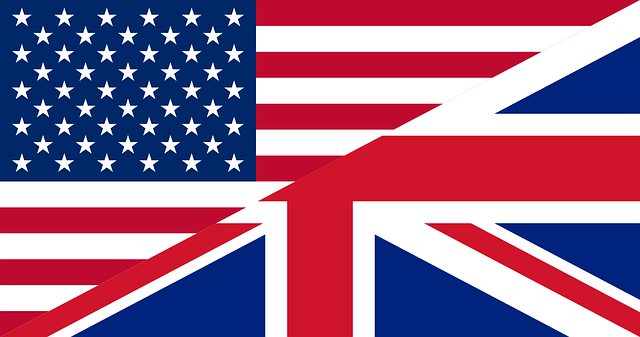Ambiguous Case: Cosine Solution
Given the length of two sides of a triangle and one angle, how many triangles are possible? The sine rule and cosine rule can be used to find unknown sides and/or angles. Depending on the values there can be two possible triangles, one triangle, or no triangle. This problem is often known as the "ambiguous case" of the sine rule, however the problem can also be tackled using the cosine rule. This is demonstrated by the missile detection problem shown below.
Exercise: Missile Detection Triangle Puzzle
A missile is launched from the ground location A into the air, and the path is shown as the yellow line. A radar station at B which is 3km from the launch site has a circular detection range. The point C is the point(s) at which the missile touches the circumference of radar's detection circle. Determine the length(s) AC hence the dimensions of the triangle ABC. You can vary the detection radius and the launch angle. vary the launch angle and radius, determine the possible values of b for a given angle and radius The solution is shown below to check your working
Angle
Radar Range
Discussion
The cosine rule can be used to first find the length(s) of b. The angles can be then be found using the cosine rule or sine rule. The sine rule should only be used if only the angles are required and this is explained in the next post.

